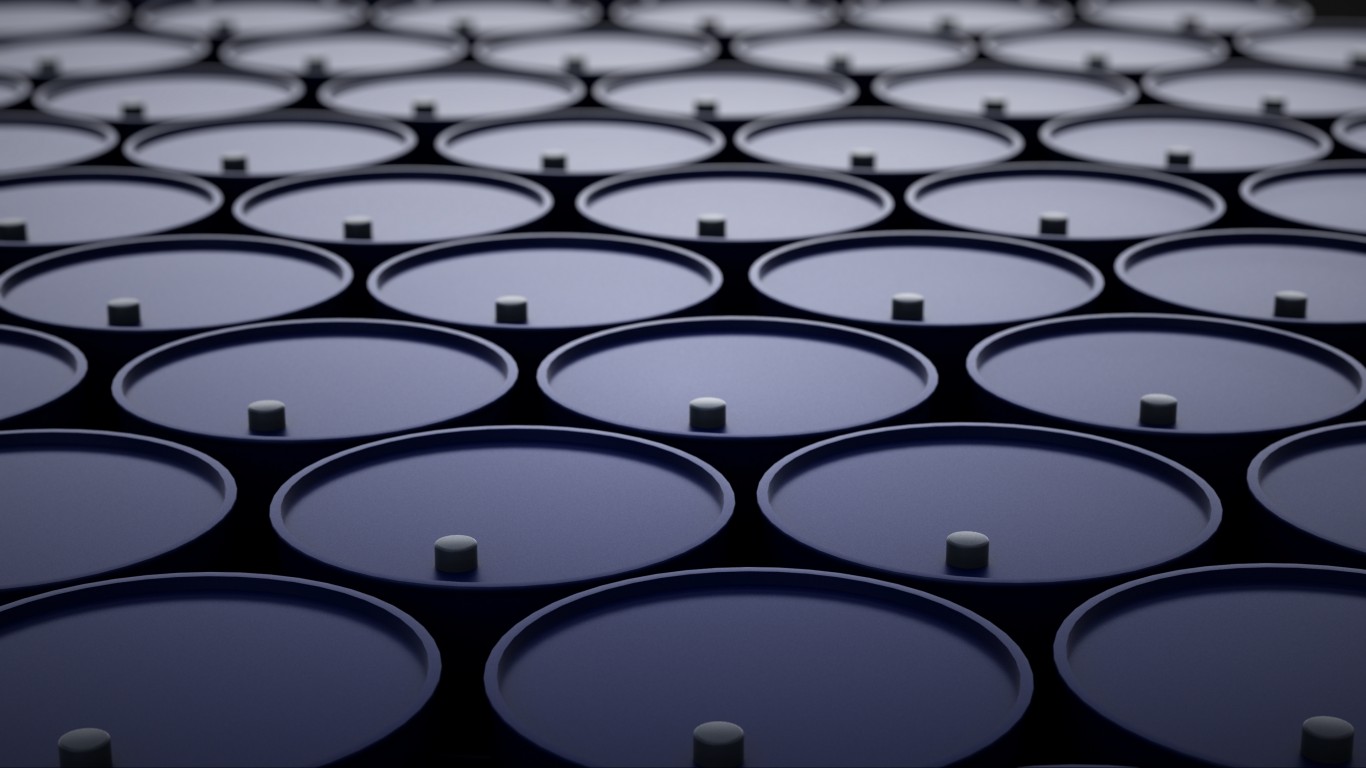Energy
IEA Forecasts Oil Supply to Outpace Demand in 2020 in Ugly Outlook for Crude

Published:

A combination of oil production cuts from OPEC+ nations and sharp declines in production from the United States and Canada has taken nearly 14 million barrels a day out of the world’s oil supply since April. That’s still not enough to meet falling demand.
In its Oil Market Report for July published Friday, the International Energy Administration (IEA) now projects the global oil supply will fall by 7.1 million barrels a day in 2020, while demand is expected to fall by 7.9 million barrels a day.
Since April 1, when Brent crude traded just under $25 a barrel, the price for the benchmark grade had risen to around $43 a barrel. In its July report, the IEA said that July prices were “firmly above” $43.
That was true until Friday morning, when the price dropped more than 2% to around $41.40 a barrel. The COVID-19 pandemic continues to engender uncertainty about a recovery that includes increased demand for energy. That uncertainty acts as a cap on crude prices.
As near-term prices have risen, longer-term prices (out six and 12 months) have risen less. The flatter price curve encourages crude inventory drawdowns. That should boost futures prices even more, but the uncertain timing of an economic recovery continues to weigh on prices. And all that oil that isn’t being produced is still in the ground and could be pumped on relatively short notice.
The IEA reported that global oil demand fell by 2.4 million barrels a day in June to a nine-year low of 86.9 million barrels a day. Demand fell by 16.4 million barrels a day in the second quarter. For the full year, the IEA is now forecasting that demand will average 92.1 million barrels a day, down from 100.0 million barrels in 2019.
The agency also forecast that demand will rise to 97.4 million barrels a day in 2021, still 2.6 million barrels below the 2019 average.
At the downstream end of the oil market, refining margins remain “challenged by [the] major product stocks overhang” that occurred in the second quarter. Demand for jet fuel essentially disappeared and the IEA expects lack of demand for jet fuel to account for nearly 2 million daily barrels of 2021’s 2.6 million barrel demand deficit.
The IEA concludes that while the global oil market has improved since April, “the large, and in some countries, accelerating number of Covid-19 cases is a disturbing reminder that the pandemic is not under control and the risk to our market outlook is almost certainly to the downside.”
A major question for crude producers is whether what’s happening in the oil market is permanent demand destruction. Will demand for crude rise to 2019 levels again in 2022 or was last year “peak demand” for oil?
When crude producers like BP and Shell take huge impairment charges on the value of their assets and, at the same time, direct more dollars and attention to renewable energy, are they preparing for the inevitable or just taking steps to ride out a cyclical decline?
If you’re one of the over 4 Million Americans set to retire this year, you may want to pay attention.
Finding a financial advisor who puts your interest first can be the difference between a rich retirement and barely getting by, and today it’s easier than ever. SmartAsset’s free tool matches you with up to three fiduciary financial advisors that serve your area in minutes. Each advisor has been carefully vetted, and must act in your best interests. Start your search now.
Don’t waste another minute; get started right here and help your retirement dreams become a retirement reality.
Thank you for reading! Have some feedback for us?
Contact the 24/7 Wall St. editorial team.